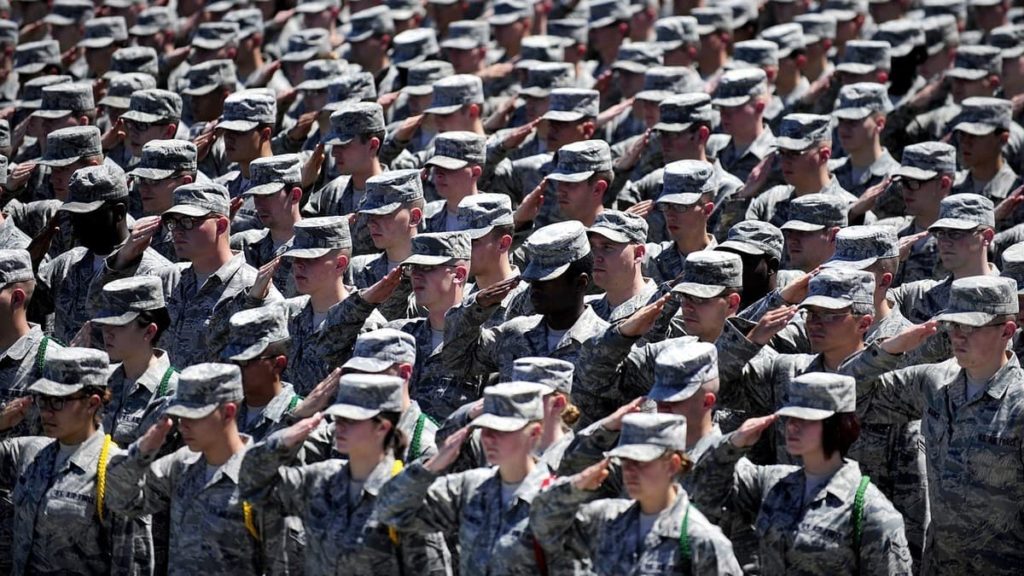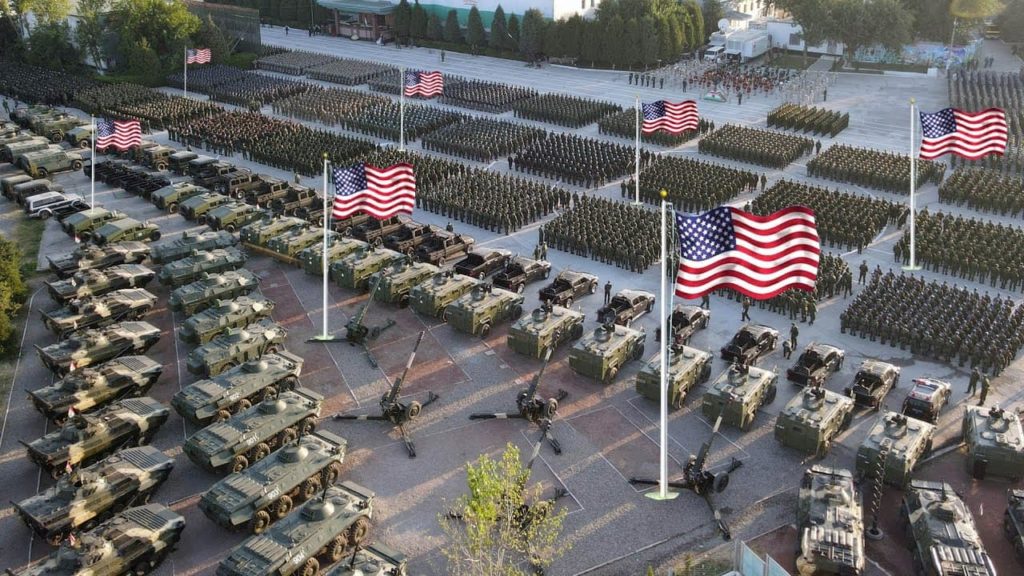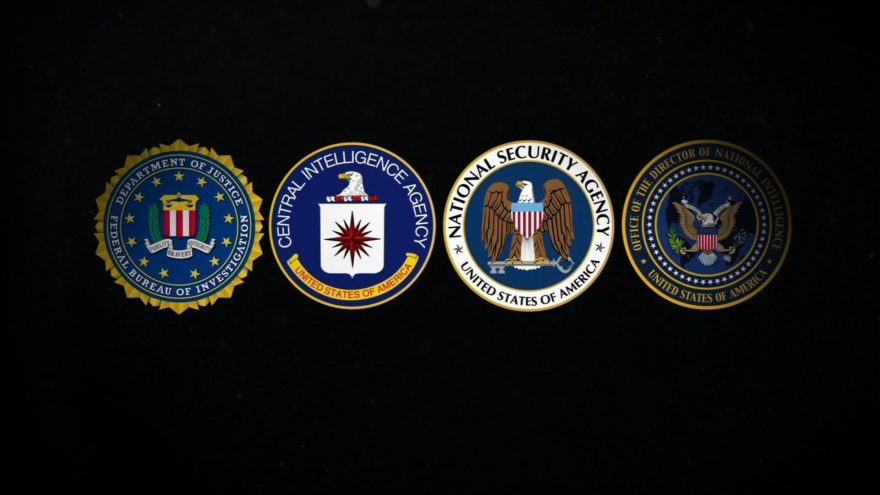The Defense Intelligence Agency (DIA) has a long history of protecting the nation. DIA continues to do that today and is a key component of the Department of Defense. The DIA provides intelligence support to the Secretary of Defense, the Joint Chiefs of Staff, and the unified commands. It also leads coordination efforts with the national DOD intelligence services.You can check other related topics on our website, AKO Offline.
The Central Intelligence Agency (CIA) and the Defense Intelligence Agency (DIA) are both United States intelligence community members, but they operate as separate organizations. Unlike the FBI, the CIA has no law enforcement authority, collects information solely regarding foreign countries and their citizens, and does not collect any information about the American people.
The CIA is led by a director who is nominated by the president and confirmed by the Senate. The director is responsible for managing the CIA’s operations, personnel, and budget. He also oversees the National Human Source Intelligence Program, which handles the collection and analysis of intelligence related to human sources.
DIA, on the other hand, is an integral part of the Department of Defense and focuses its activities around collecting and managing military intelligence. Its director serves as principal adviser to the secretary of defense and the chairman of the Joint Chiefs of Staff on matters of military intelligence. The DIA is the largest producer and manager of foreign military intelligence for the Department of Defense and the Intelligence Community, providing support to warfighters and defense policymakers in the DOD and force planners in the Intelligence Community.
Aside from the DIA’s military intelligence collection capabilities, DIA also provides human-source intelligence and handles U.S. military-diplomatic relations abroad, among other duties. Its clandestine arm, the Defense Clandestine Service, acquires military intelligence from abroad and is a valuable addition to the CIA’s collection portfolio. In the United States, three main federal agencies are in charge of intelligence: the CIA, the FBI, and the DIA. They are distinct from one another in many ways, including their responsibilities, their autonomy level, and how they report to a parent organization.
The CIA, which reports to the president, is a federal agency in charge of collecting and disseminating intelligence information to senior government officials. It is the United States’ most powerful intelligence agency and conducts research on threats to national security and identifies possible solutions. The CIA also has an extensive network of covert agents in a number of countries that helps it gather and analyze information. It also has a number of mission centers and the office of the director that handles various aspects of its operations and supports the agency’s mission.

What does the Defence Intelligence Agency do?
The Defence intelligence agency (DIA) is an agency of the Department of Defense that conducts national-level, long-term, and strategic military intelligence activities. This includes collecting and evaluating open-source intelligence for the department, establishing and maintaining military-related intelligence agreements with foreign governments, and operating the Joint Chiefs of Staff Intelligence Directorate. It also administers the Joint Military Intelligence Training Center, the Joint Military Attache School, and the Armed Forces Medical Intelligence Center.
The DIA was created in 1961 to fill the gaps in the United States military intelligence system. Before that, each military service collected, produced, and disseminated intelligence independently for its own use. This system was duplicative, costly, ineffective, and lacked coordination and a unified focus on national security.
During the Cuban missile crisis of 1962, a major test for the DIA was whether it could produce accurate intelligence on a timely basis. Its early years were complicated by resistance from the intelligence services of the military branches.
Today, DIA continues to play a vital role in the American military. The agency’s human intelligence collection capability, in the form of hundreds of defense attaches abroad, is one of its most important contributions to the defense community. These individuals can gather valuable information from their informal interactions with their foreign counterparts, ranging from think tank dinners to ceremonies involving armed forces displays.
In addition, DIA’s clandestine intelligence collection arm, known as the Defense Clandestine Service, collects military intelligence from sources around the world that are often unavailable to other agencies. This mission has struggled to secure funding from Congress, but its contribution to national-level military intelligence is still vital.
DIA is responsible for protecting the nation’s nuclear weapons, analyzing satellite images to detect and prevent terrorist attacks, and providing critical data and technology to support the nation’s energy needs. It also coordinates the development, deployment, and operational use of a variety of national-level reconnaissance systems that can help plan military operations and monitor environmental conditions in dangerous places around the world.

Defence Intelligence Agency responsibilities
The Defence Intelligence Agency (DIA) provides a wide variety of intelligence products to the Department of Defense, including military intelligence that is used to plan and conduct warfighting operations. This includes information about the enemy’s economic strength, industrial infrastructure, communication and transport systems, political leadership, scientific and technical prowess, and sociological, cultural, and geographical factors.
DIA’s responsibilities focus on producing foundational military intelligence for warfighters and senior leaders to avoid surprise and prevent or decisively win wars. It does this through strategic and operational intelligence and its co-located Joint Functional Component Commands for Intelligence, Surveillance, and Reconnaissance.
Another important DIA responsibility is to collect and analyze the human intelligence that is produced by soldiers, sailors, airmen, Marines, and Coast Guard members. This includes the use of polygraphs, a technique that is a critical forensic-style capability that can help determine whether a state or non-state actor has tested or employed weapons of mass destruction.
This intelligence can also be used to monitor and assess the physical condition of the enemy, including their health, weapons inventory, and training. It can also provide insight into the enemy’s plans for future operations. The DIA also provides support to other departments within the Department of Defense. For example, the DIA works closely with the National Security Agency and the National Geospatial-Intelligence Agency to provide intelligence and information to the government.
Several Department of Defense elements also contribute to the DIA’s work, including the Office of the Secretary of Defense, the Directorate for Military Intelligence, the Joint Staff (J2), and the Defense Attache System. The DIA oversees these elements and serves as the Department of Defense’s counterintelligence executive agent. In addition, the DIA has a number of other responsibilities related to foreign military intelligence, including managing the Joint Interagency Operational Control and Evaluation Requirements (JIOCEUR) program and serving as the chief coordinator for foreign military intelligence to the Joint Chiefs of Staff.
During the last decade, there has been an increasing focus on improving the effectiveness of the DOD intelligence system. This has required a new way of thinking and re-aligning the DIA’s responsibilities with those of other DOD entities. These re-alignments have resulted in greater coordination, more consistency of information products, and better fidelity to the intelligence requirements of the Department of Defence.

Do DIA and CIA work together?
The Defense Intelligence Agency (DIA) and the Central Intelligence Agency (CIA) are both under the Department of Defense. They work closely together to deliver intelligence that is essential for a successful military mission. However, the two agencies are very different in their work and culture.
The DIA’s main mission is to provide foundational military intelligence to help warfighters, and senior leaders avoid surprise and prevent or decisively win wars. This is done by gathering and analyzing information on foreign military developments, political and economic issues, medical or natural disasters, or other relevant factors.
DIA also carries out clandestine operations to gather foreign intelligence on a variety of terrorists and other enemy groups, both from inside and outside the United States. These espionage efforts are conducted in partnership with other government entities such as the CIA and the National Security Agency.
Another important part of DIA’s work is to conduct counterintelligence activities, including wiretapping and capturing foreign agents. These efforts are mainly conducted on foreign soil. As the world’s leading collection agency for military intelligence, DIA conducts research, analysis, and production of a wide variety of data to support U.S. military, diplomatic, and policymaking operations worldwide.
During Operation Desert Storm, DIA deployed more than 100 personnel into the Kuwait Theater of Operations to help combat Iraq’s invasion of Kuwait. Several employees were killed in action. In the 1980s, DIA launched an initiative to collect and analyze human-source intelligence (HUMINT). This program was modeled after the CIA’s National Clandestine Service and was staffed with case officers, linguists, field analysts, and technical specialists.
The program was eventually consolidated into the Defense Clandestine Service, a global HUMINT agency headquartered at DIA headquarters. Currently, it is responsible for espionage and clandestine intelligence in more than 140 countries. The agency’s signature is a gold flaming torch symbolizing knowledge and the earth as a backdrop. It is accompanied by red atomic ellipses to symbolize the scientific and technical aspects of the agency’s mission. Its logo, like the one used by the CIA, is taken from a seal of the Department of Defense and represents DIA’s global intelligence mission.
